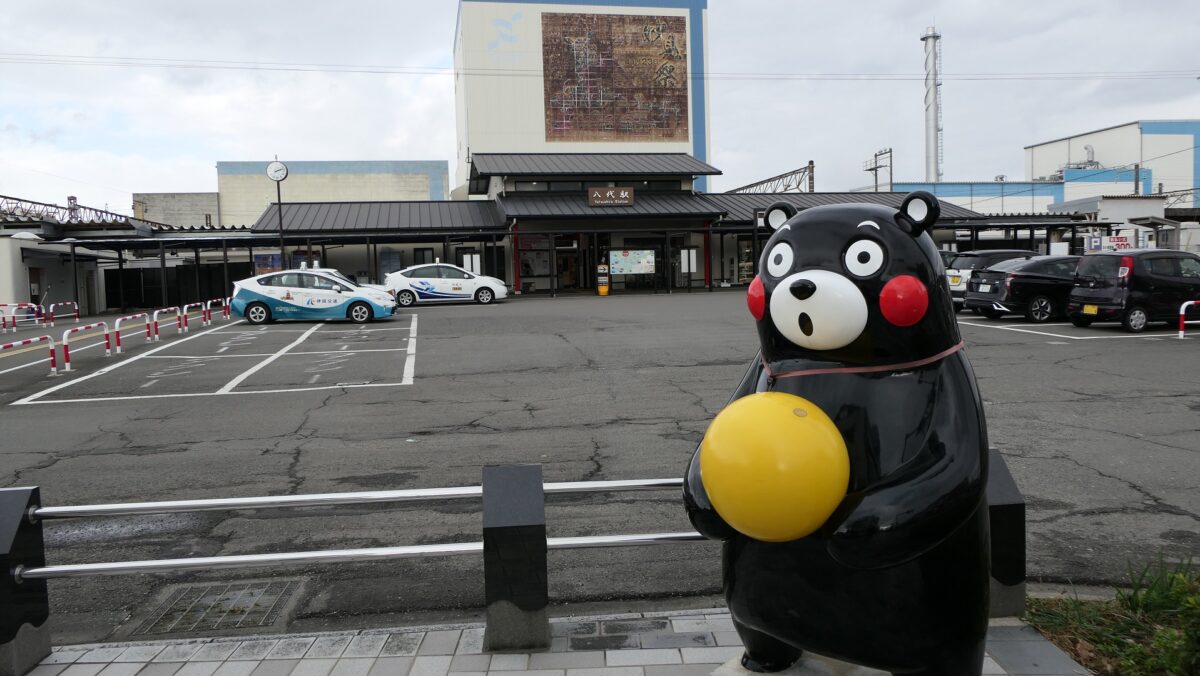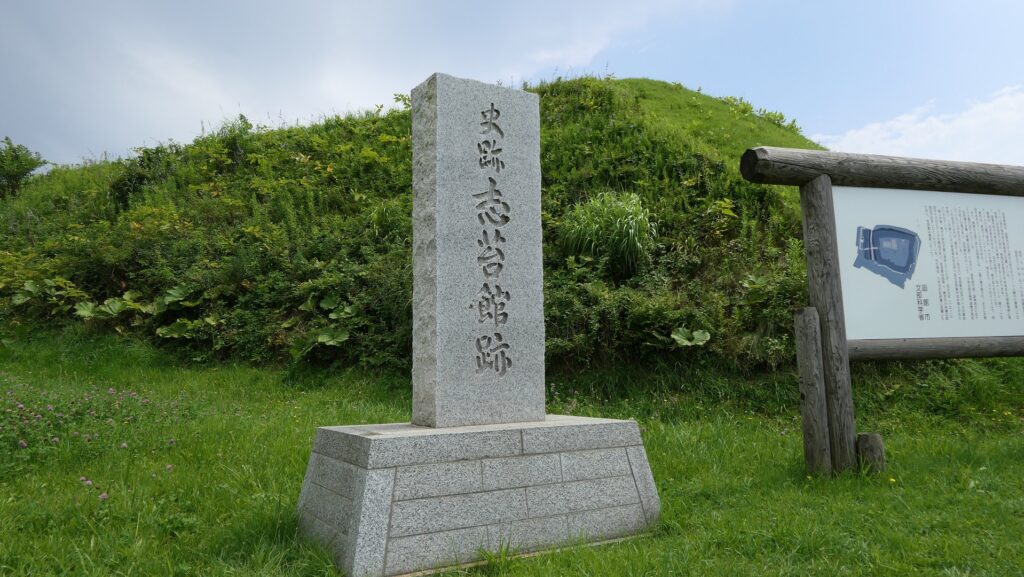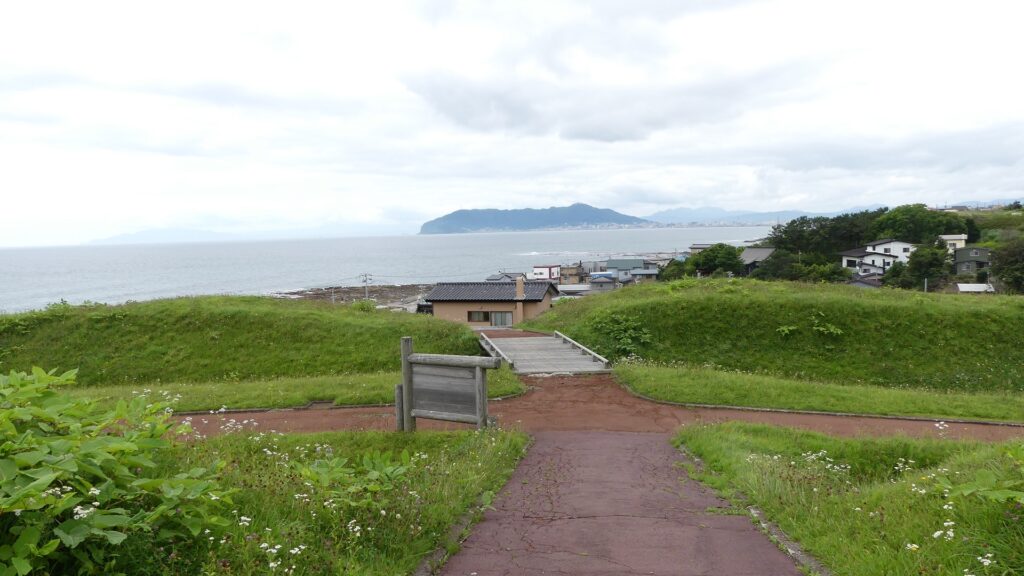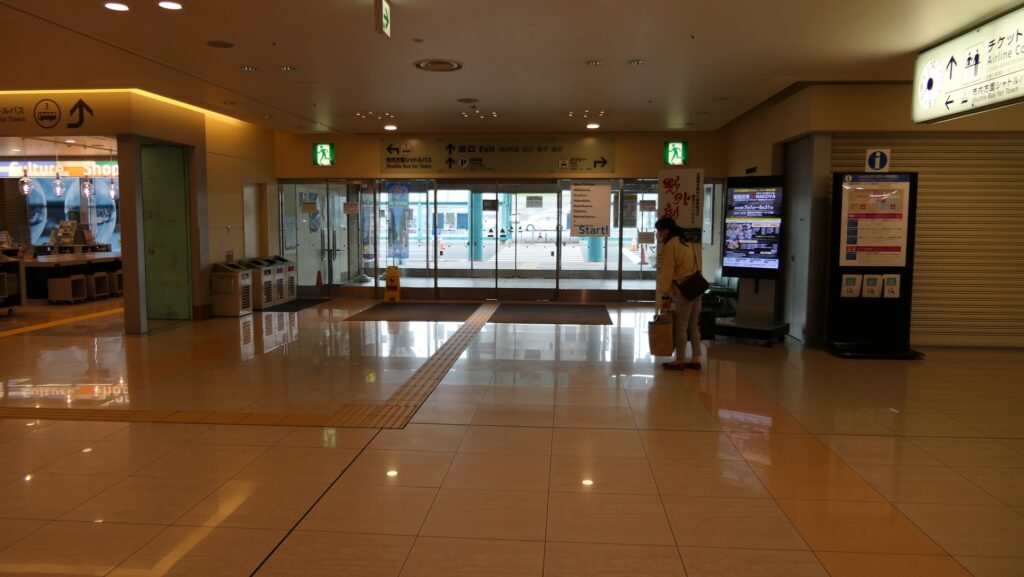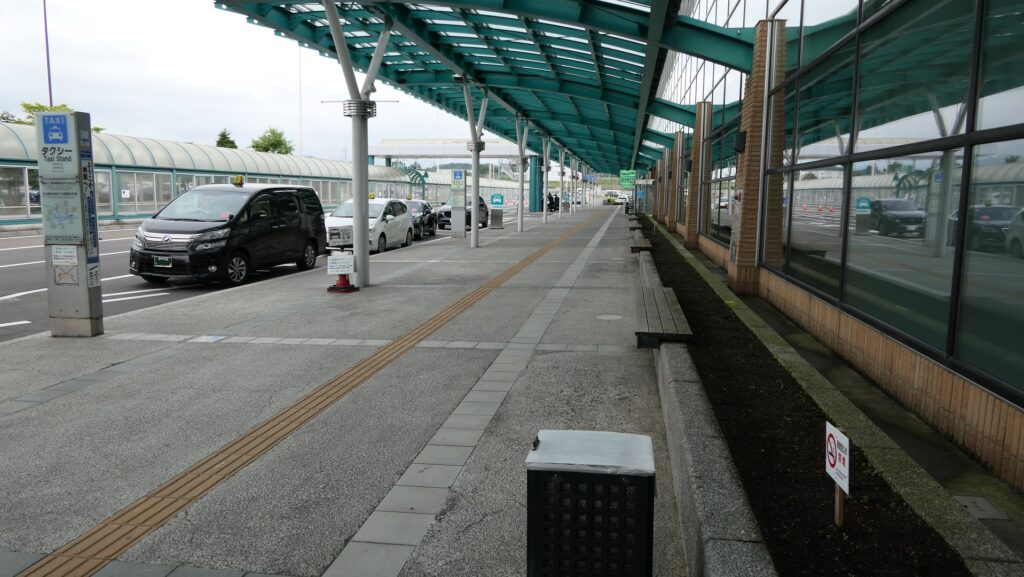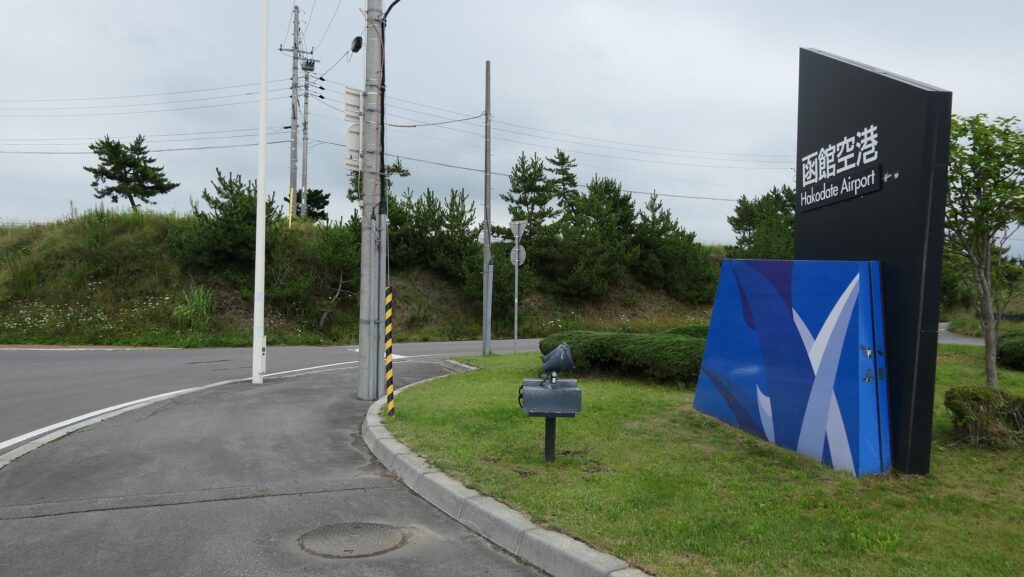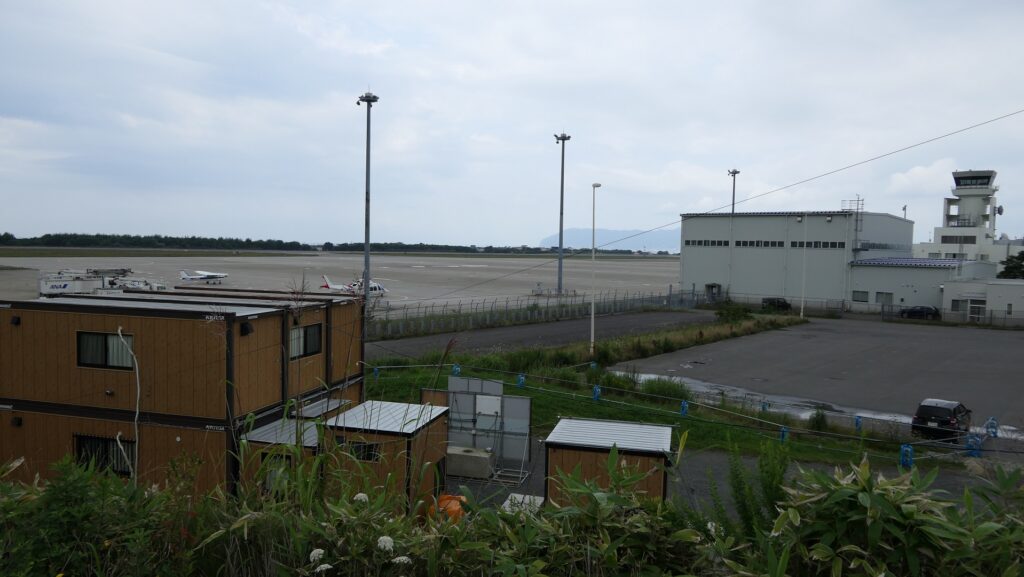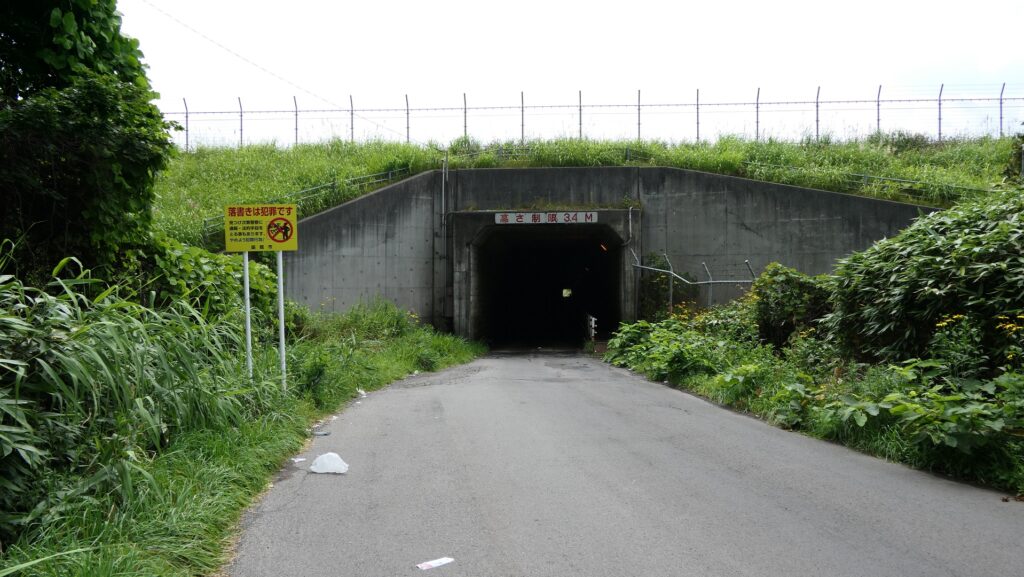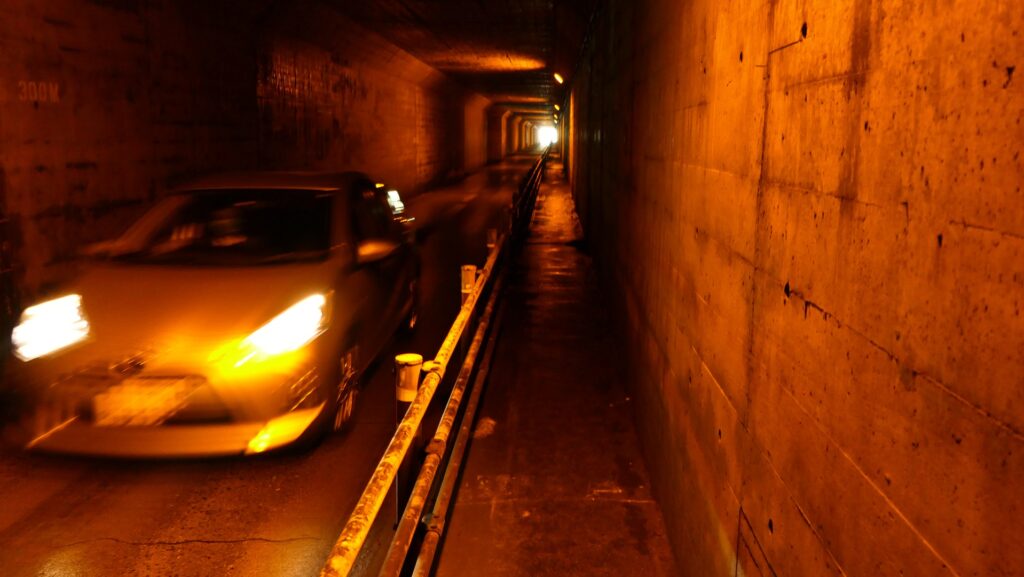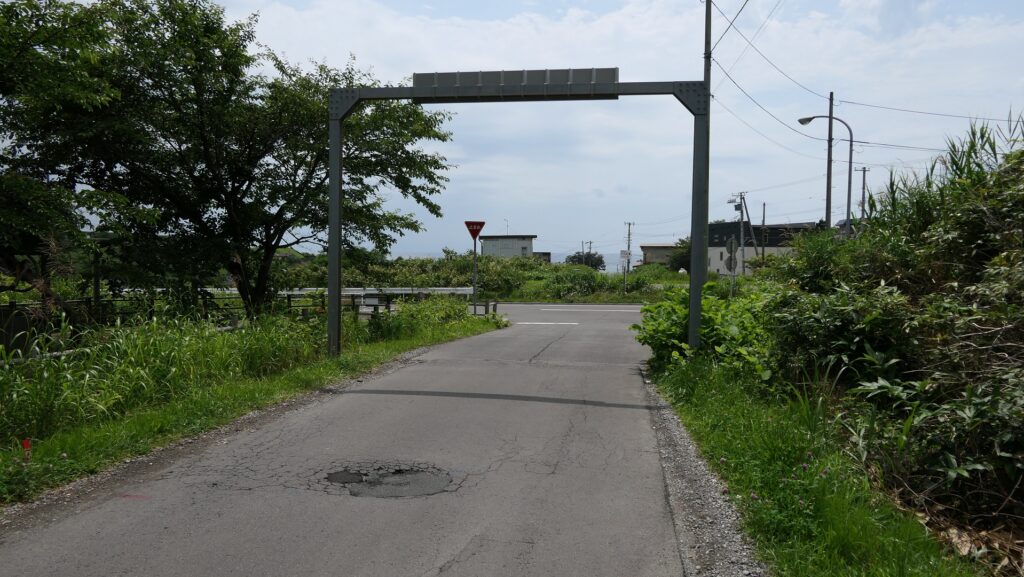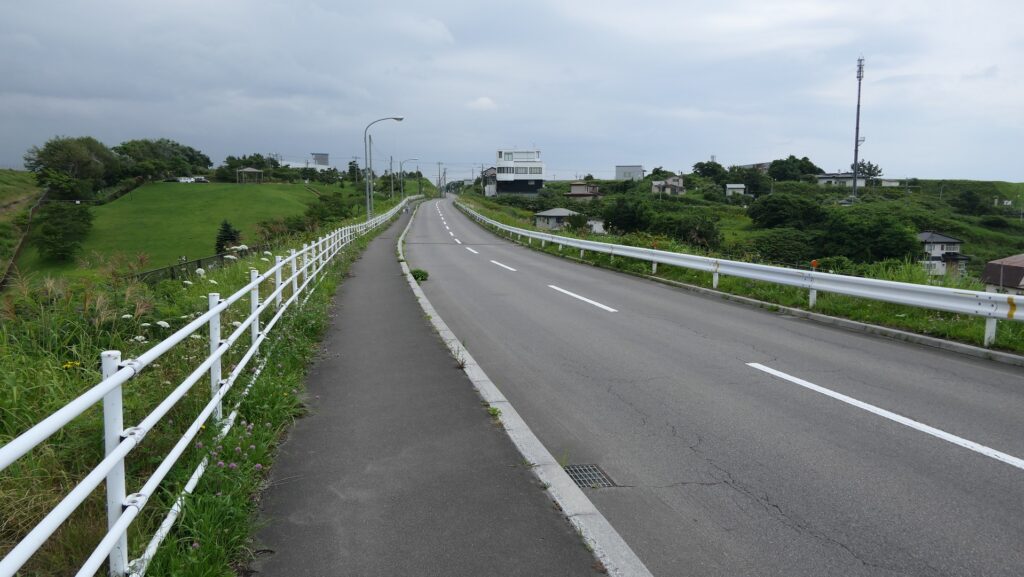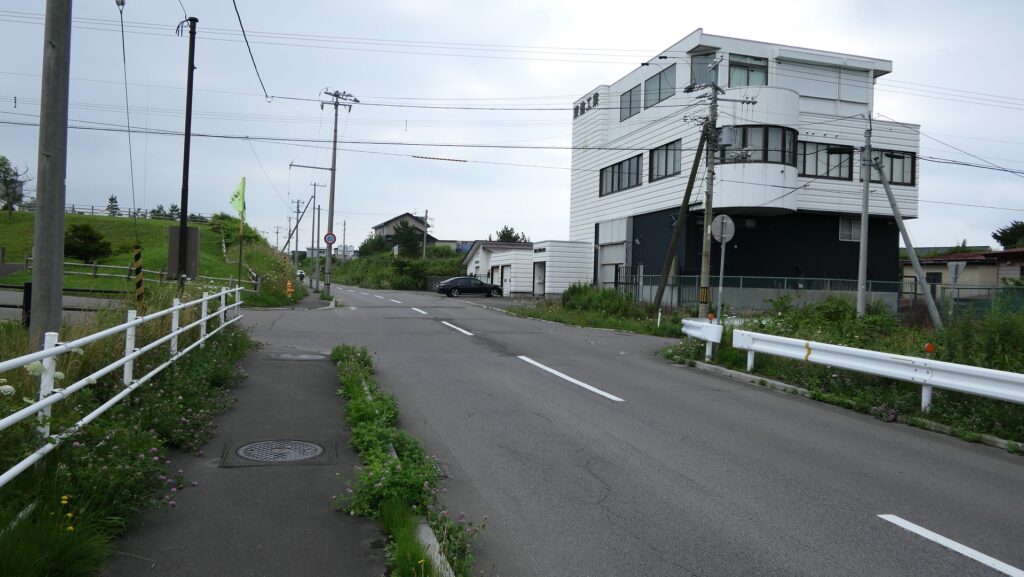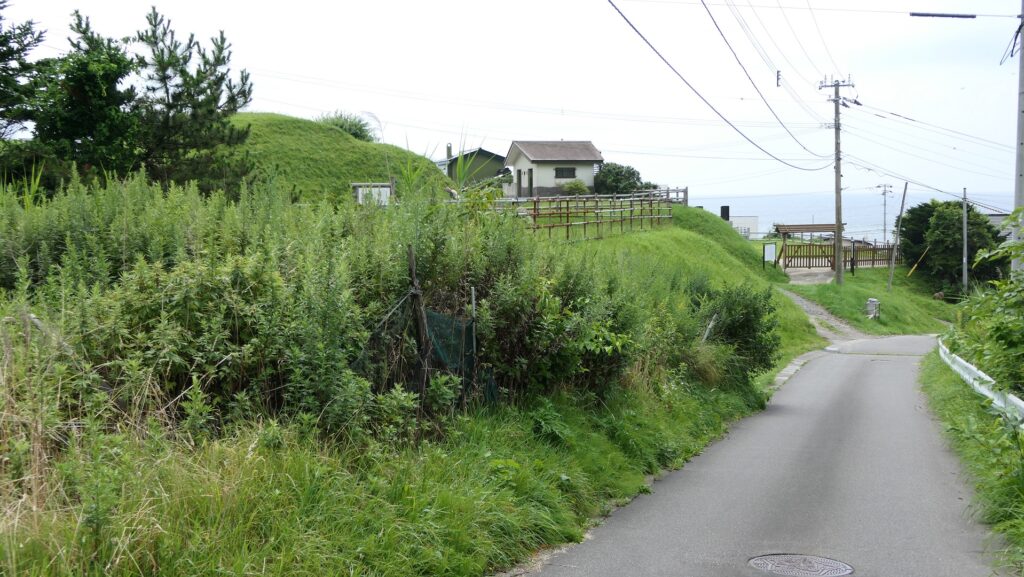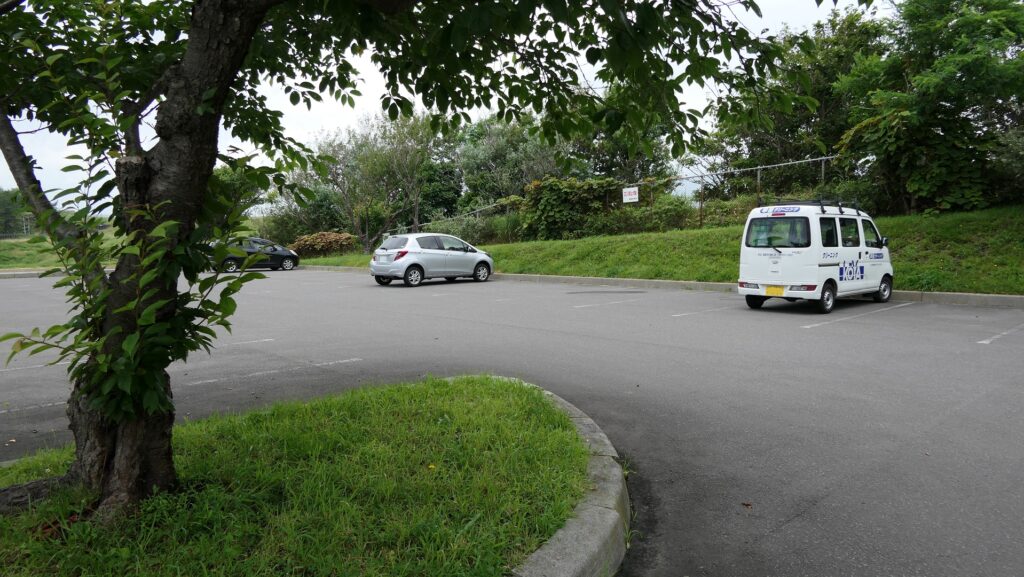Features
Other Attractions than Main Enclosure
Other than the Main Enclosure, the others were turned into the city area. However, some traces of the castle can be seen in several places. For example, the former Second Enclosure, located in the east of the Main Enclosure, is used for modern buildings such as the city hall. The area is surrounded by low stone walls, which were probably re-piled using excavated stones. Some of them look new and very white!. It could be because they had been buried for a long time before they were found.
The map around the castle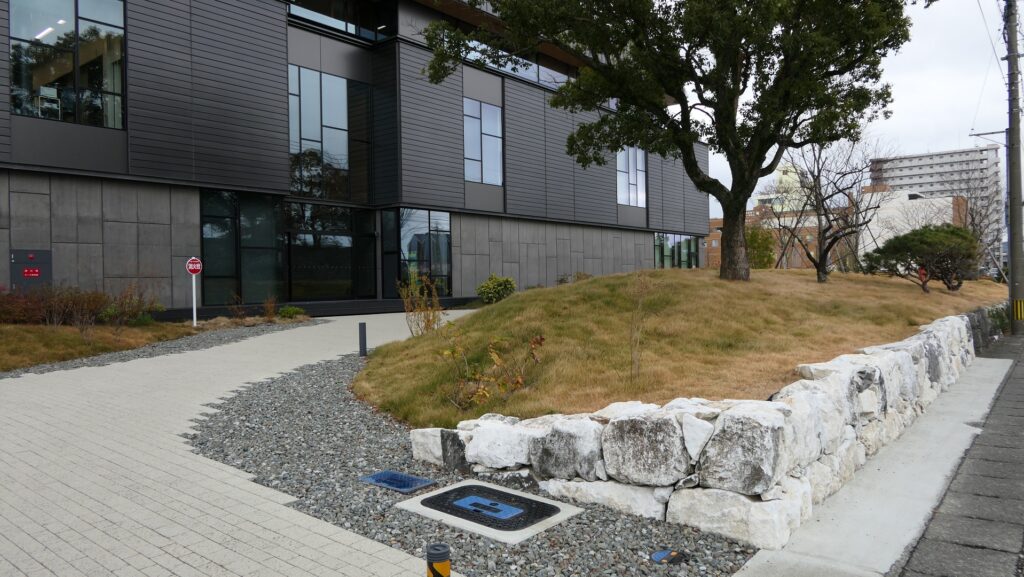
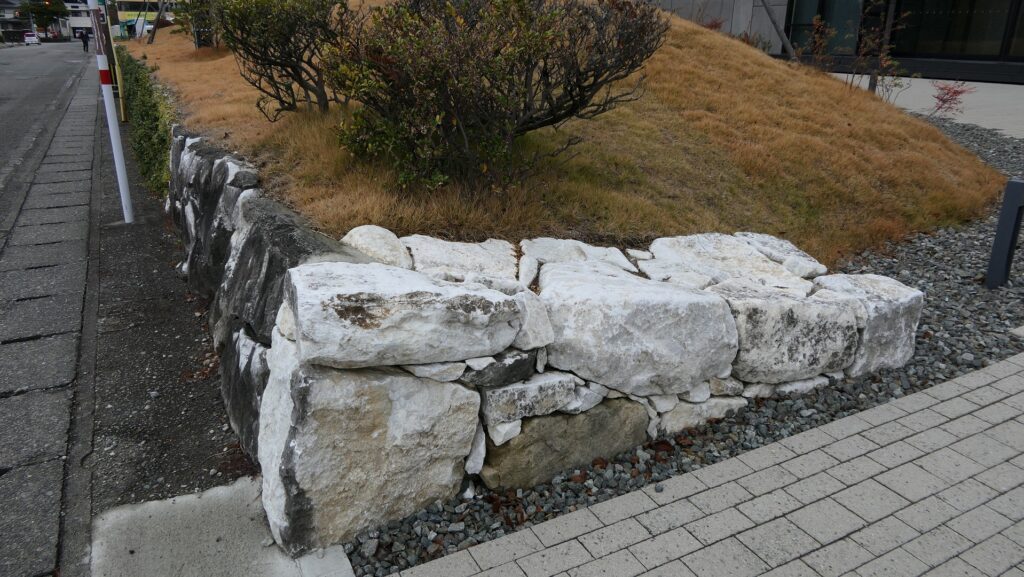
The Northern Enclosure, located in the north of the Main Enclosure, was used as the retreat residence of Sansai Hosokawa and the home of the Matsui Clan later. There are still some stone walls surrounding it, which look original. The inside of it is used as Matsui Srine which worships the clan’s ancestors.
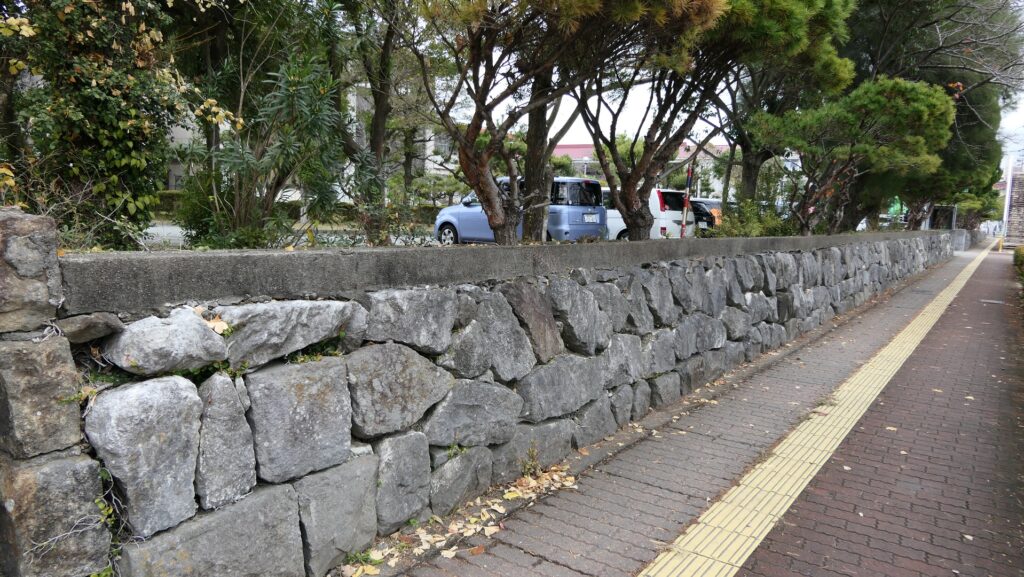
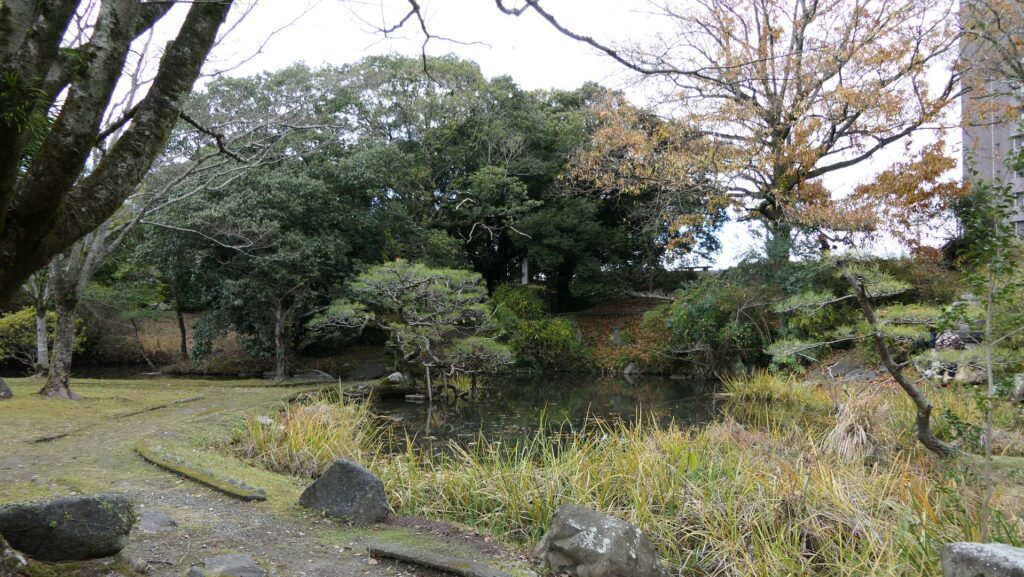
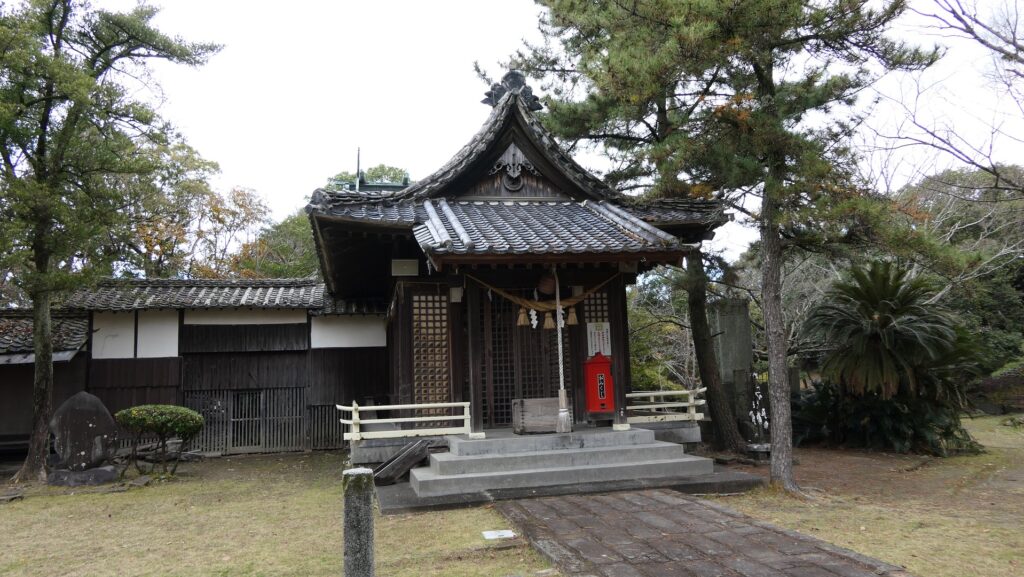
Later History
After the Meiji Restoration, Yatsushiro Castle was abandoned and all the castle buildings were demolished. Few of them were moved and remain in other places. Most of the castle land was turned into the city area with its moats being filled, while Yatsushiro Shrine was built in the Main Enclosure in 1884. As a result, the group of the three castles, which were called Yatsushiro Castle in each period, as Furufumoto, Mugishima, and present time Yatsushiro Castle, have been designated as a National Historic Site together since 2014.
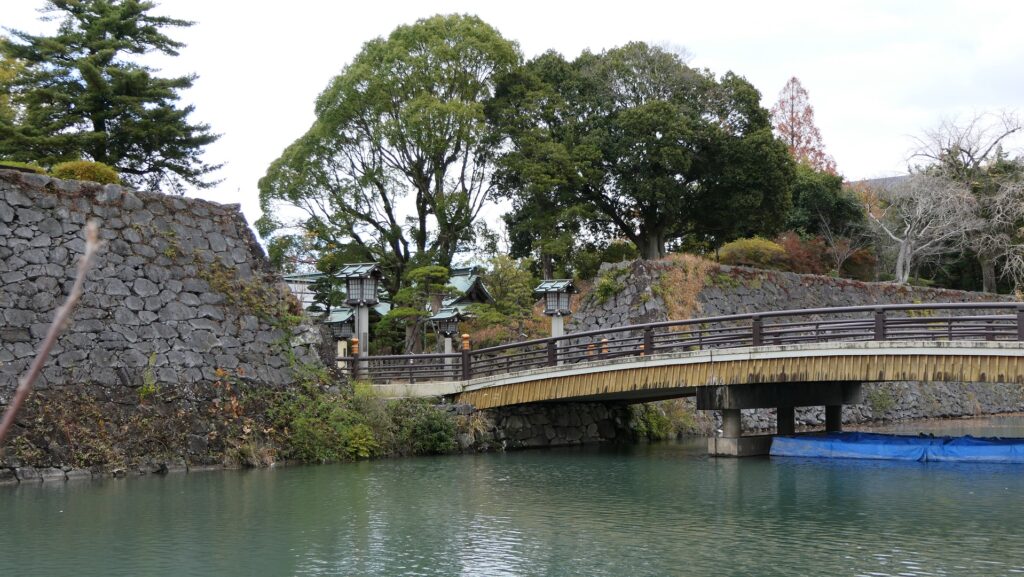
My Impression
I didn’t know about Yatsushiro Castle at all before my visit. I was first surprised to see the good combination of white stone walls and green water. Then, I understood the elaborate defense system, contributed by the Masugata space. Finally, I enjoyed the great view of the Main Tower stone wall base. After visiting, I learned the two other castles, called Yatsushiro Castle earlier on, and the history of land reclamation in Yatsushiro. In the Edo Period, white stone walls like the castle were built for embankments. I would like to visit the area again some day to see the three Yatsushiro Castles and the white stone walls somewhere.
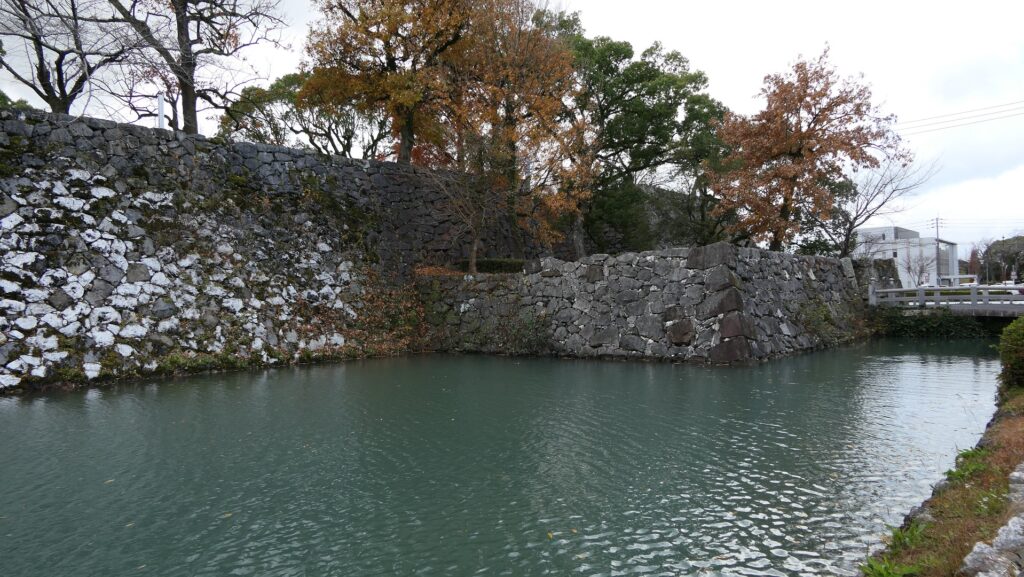
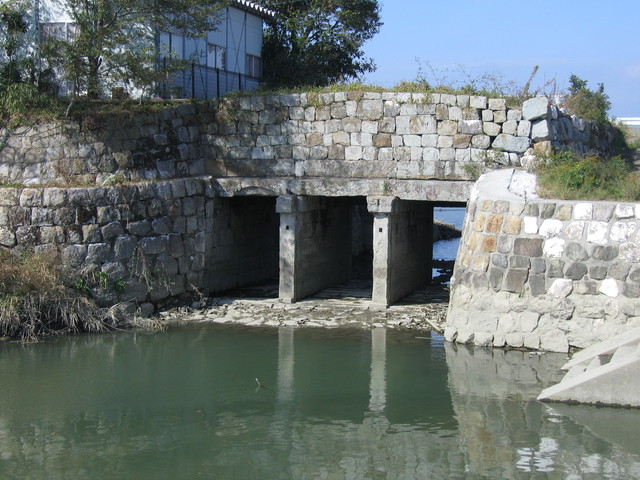
How to get There
If you want to visit the castle by car, it is about a 6km drive away from Yatsushiro IC on the Kyushu Expressway. There is a parking lot beside the northeastern corner of the Main Enclosure.
If you want to use public transportation, you can take the Sanko Bus bound for Yatsushiro-Sanko from Yatsushiro Station and get off at the Yatsushirogu-mae bus stop to get there.
From Fukuoka to Yatsushiro Station: Take the Kyushu Shinkansen super express and transfer to the Kagoshima Line at Shin-Yatsushiro Station.

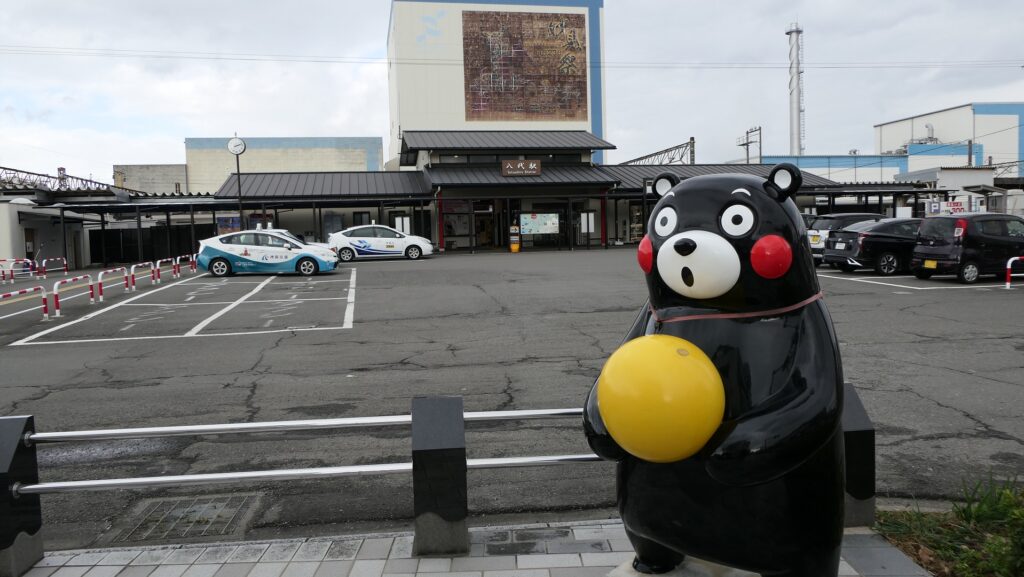
That’s all. Thank you.
Back to “Yatsushiro Castle Part1”
Back to “Yatsushiro Castle Part2”

